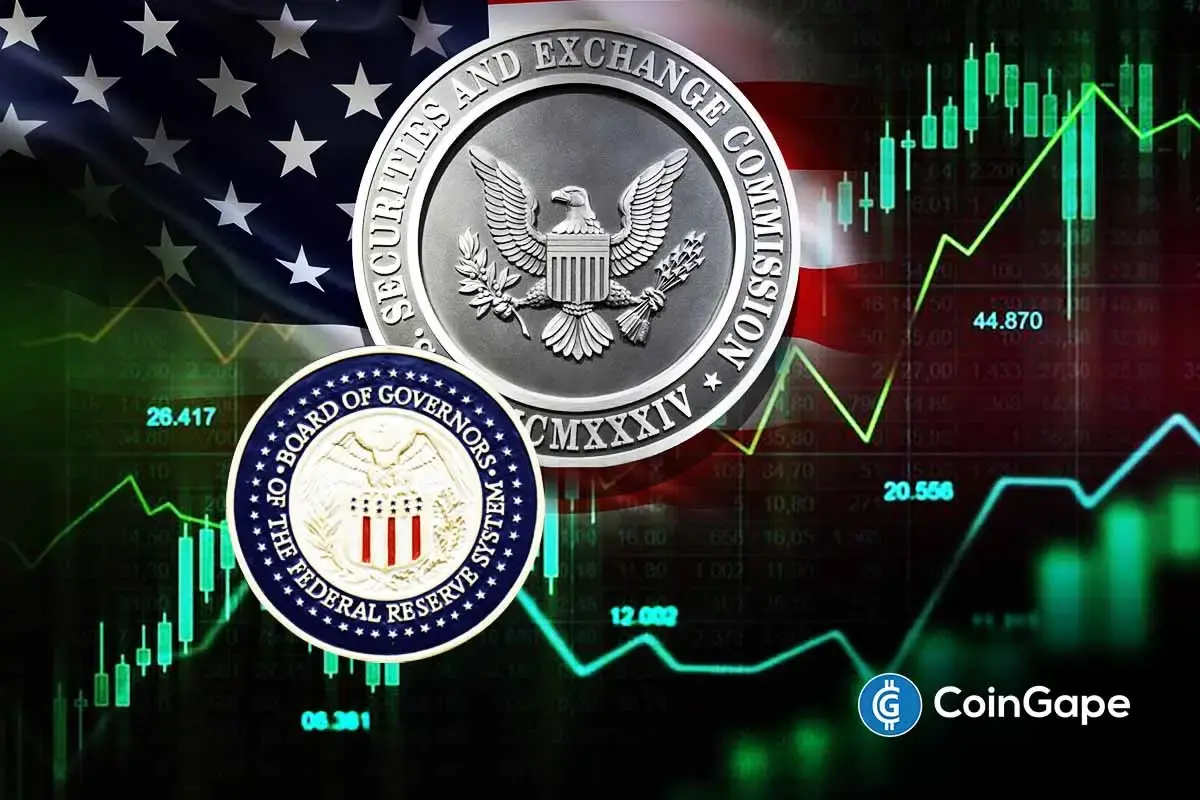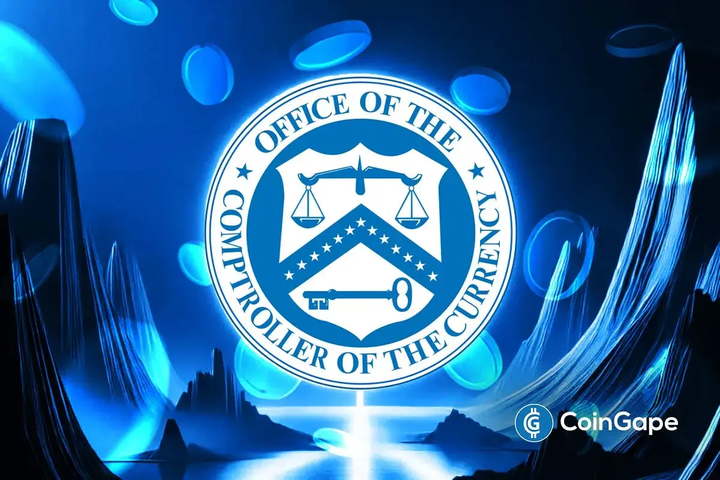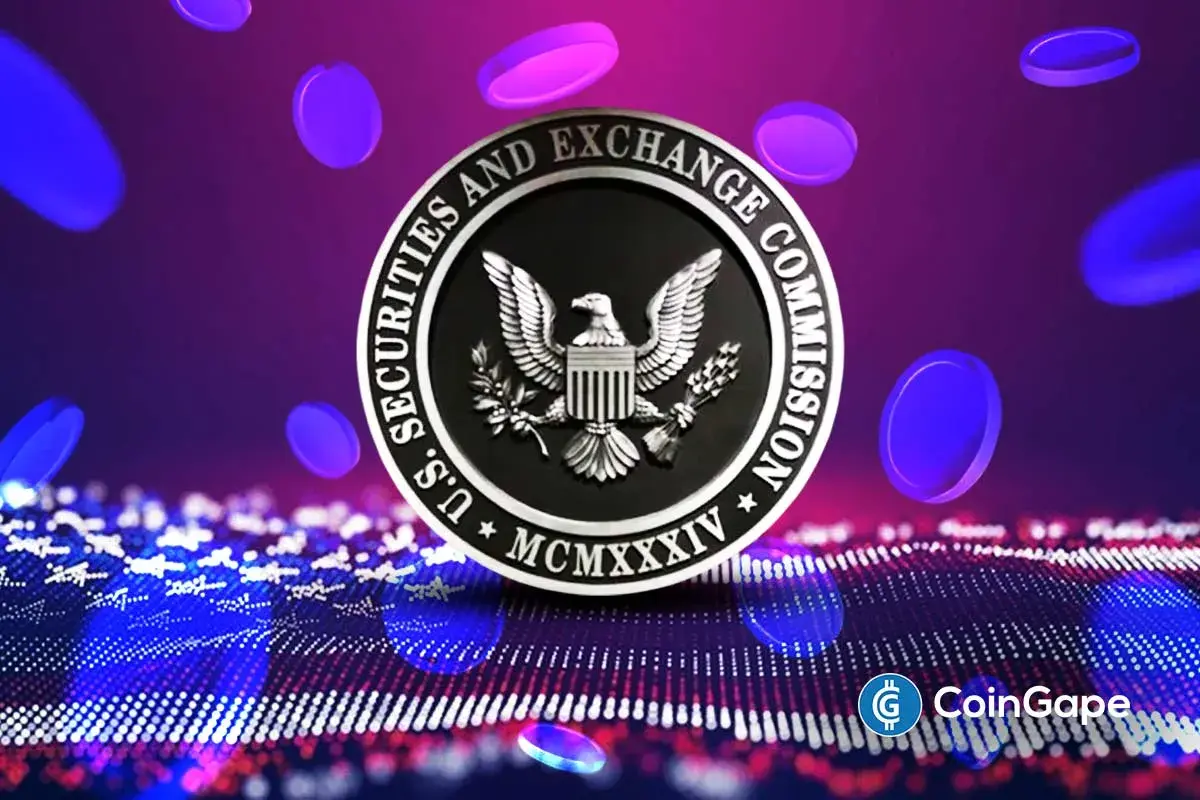Senator Lummis Assures Congress Will Pass Crypto Market Structure Bill This Year

Highlights
- Senator Lummis confirms Congress will pass crypto market structure bill this year.
- Fed Governor Waller highlights stablecoins and AI as U.S. financial pillars.
- Wyoming Blockchain Summit underscores crypto’s shift into mainstream financial policymaking debates.
Senator Cynthia Lummis has pledged that Congress will complete a long-awaited crypto market structure bill before the end of the year. Federal Reserve officials highlighted stablecoins and artificial intelligence at the Wyoming Blockchain Summit. Their remarks signaled the growing integration of digital assets into U.S. financial policy
Lummis Sets Year End for Landmark Crypto Market Structure Bill
Lummis made the remarks at the Wyoming Blockchain Summit while speaking to industry leaders and policymakers. She confirmed that when the Senate reconvenes on September 3, the Banking Committee will begin marking up the bill, with the goal of reporting it out by the end of September.
The senator added that the Agriculture Committee, which oversees the Commodity Futures Trading Commission, is expected to move its portion in October. According to her, the combined effort should place a final bill on the President’s desk before year-end, ideally before Thanksgiving.
She stressed that the crypto market structure bill is designed to balance innovation with accountability. It would also offer consumer protections while giving the fast-growing digital asset industry the regulatory certainty it has long demanded. Lummis, one of Washington’s most vocal crypto advocates, told attendees that lawmakers are committed to “getting market structure done this year.”
Fed vice-chair Michelle Bowman told attendees the U.S. was witnessing a “seismic shift” in how money and value are understood. Her words reflect the optimism in the Conference, where the speakers were mostly talking about how to establish connections between blockchain and mainstream finance and treasury schemes.
Waller Singles Out Stablecoins And AI As Pillars Of U.S. Financial Future
While the focus of the Summit wasn’t to discuss the crypto market structure bill, it still drew many heavyweights. These include SEC chair Paul Atkins, Fed governor Christopher Waller, and Senator Tim Scott. The latter was a co-sponsor of the Genius Act stablecoin law signed earlier this year.
Backed by Kraken and Anthony Scaramucci’s Salt platform, the event underscored how crypto has moved into the core of U.S. financial debate. Federal Reserve Governor Christopher Waller cited payments innovation as part of the motivations to financial change.
It is part of the reasons for introducing the crypto market structure bill. He outlined technology-driven revolution, which includes stablecoins, digital wallets and AI, as redefining the flow of money throughout the economy.
Waller also stated that stablecoins are no longer mere trading currencies. Instead, they’ve become a global force that has the potential to augment the international status of the dollar. He noted that they have benefits, like quick transfers, which can enhance both retail and cross-border payment settlements.
- Breaking: $4T JPMorgan Explores Crypto Trading for Institutional Clients as U.S. Banks Embrace Crypto
- Bitcoin and Ethereum ETPs See $1B in Outflows as Institutions Rotate into XRP
- Michael Saylor’s Strategy Pauses Bitcoin Buying as Crypto Market Anticipates a ‘Santa Rally’
- Bitcoin and Ethereum Options Traders Turn Slightly Bullish, Santa Claus Rally?
- WhiteBIT Announces Global Trading Promotion With TradingView and Tether: up to 30% Cashback for Traders
- XRP Price Prediction: Rare Bullish Patterns Align With Powerful Catalysts
- Weekly Crypto Price Prediction: Bitcoin, Ethereum, and XRP as Market Momentum Builds
- Will Solana Price Hit $150 as Mangocueticals Partners With Cube Group on $100M SOL Treasury?
- SUI Price Forecast After Bitwise Filed for SUI ETF With U.S. SEC – Is $3 Next?
- Bitcoin Price Alarming Pattern Points to a Dip to $80k as $2.7b Options Expires Today
- Dogecoin Price Prediction Points to $0.20 Rebound as Coinbase Launches Regulated DOGE Futures

 Claim $500
Claim $500














